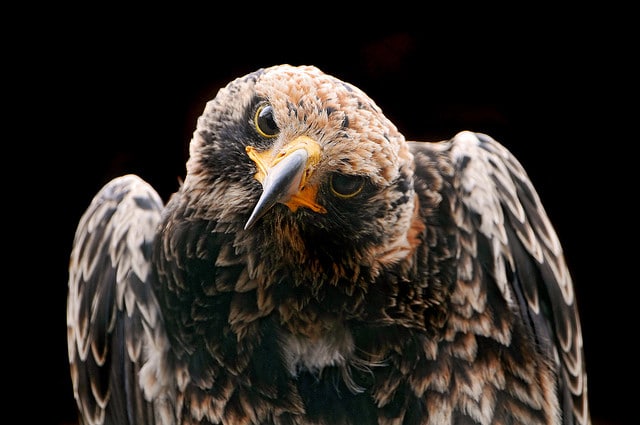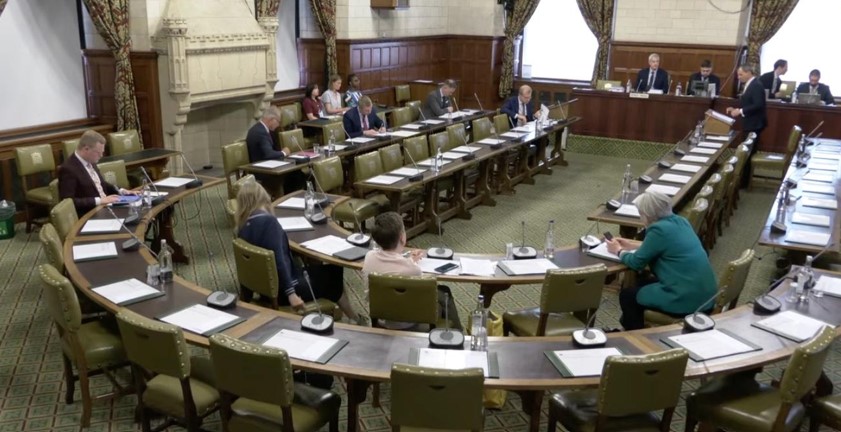An alarming new study published Tuesday by the National Audubon Society says that almost half the bird species in the continental United States and Canada are already threatened by climate change.
The study — Audubon’s Birds and Climate Change Report — finds that 126 species will lose more than 50 per cent of their current ranges by mid-century with no possibility of relocating if global warming continues at its current pace.
“A further 188 species face more than 50 per cent range loss by 2080 but may be able to make up some of this loss if they are able to colonize new areas,” an accompanying media release says. “These 314 species include many not previously considered at risk. The report indicates that numerous extinctions are likely if global temperature increases are not stopped.”
“It’s a punch in the gut. The greatest threat our birds face today is global warming,” Audubon Chief Scientist Gary Langham, who led the investigation, said in the media release.
“That’s our unequivocal conclusion after seven years of painstakingly careful and thorough research. Global warming threatens the basic fabric of life on which birds — and the rest of us — depend, and we have to act quickly and decisively if we are going to avoid catastrophe for them and for us.”
Audubon President and CEO David Yarnold described the potential loss as staggeringly horrific.
“This report is a roadmap, and it’s telling us two big things: We have to preserve and protect the places birds live, and we have to work together to reduce the severity of global warming,” Yarnold said.
The report, which studied 588 bird species, says a number of iconic birds in the continental United States and Canada — including the Bald Eagle, the Common Loon and Baltimore Oriole — are under increasing threat.
Protecting birds, the non-profit conservation organization’s report added, will require both redoubling conservation efforts to safeguard critical habitat and curbing greenhouse gas emissions.
Coincidentally, the Audubon study was published the same day as a World Meteorological Organization (WMO) report found that the level of atmospheric greenhouse gases reached a new record high in 2013.
The Geneva-based WMO’s annual Greenhouse Gas Bulletin said the 2013 levels were fuelled by a surge in levels of carbon dioxide, a finding that may make politicians and national governments work harder and more cooperatively to fight climate change.
According to a related WMO media release, the report showed that between 1990 and 2013 there was a 34 per cent increase in radiative forcing — the warming effect on our climate — because of long-lived greenhouse gases such as carbon dioxide (CO2), methane and nitrous oxide.
“In 2013, concentration of CO2 in the atmosphere was 142 per cent of the pre-industrial era (1750), and of methane and nitrous oxide 253 per cent and 121 per cent respectively,” the release said.
WMO Secretary-General Michel Jarraud said there is no doubt our climate is changing and our weather is becoming more extreme due to human activities such as the burning of fossil fuels.
“The Greenhouse Gas Bulletin shows that, far from falling, the concentration of carbon dioxide in the atmosphere actually increased last year at the fastest rate for nearly 30 years. We must reverse this trend by cutting emissions of CO2 and other greenhouse gases across the board,” Jarraud said. “We are running out of time.”
Noting that carbon dioxide remains in the atmosphere for many hundreds of years and in the ocean for even longer, he said the report provides scientific data politicians can use to make decisions related to climate change.
“We have the knowledge and we have the tools for action to try to keep temperature increases within 2°C to give our planet a chance and to give our children and grandchildren a future,” Jarraud said.
“Pleading ignorance can no longer be an excuse for not acting.”
Image Credit: Tambako The Jaguar via Flickr.
Subscribe to our newsletter
Stay up to date with DeSmog news and alerts







